How Climate Shapes Wine: A Terroir Deep Dive
Overview:
Wine is more than just a drink; it's a story of the land, the weather, and the people who craft it. At the heart of this story is terroir, a French term that captures the unique combination of factors—soil, climate, geography, and human touch—that give each wine its distinct character. In this article, we'll take a deep dive into how climate, in particular, shapes the wines we love. From the sun-drenched vineyards of California to the cool, misty hills of Burgundy, climate plays a pivotal role in determining the flavor, aroma, and quality of wine. Whether you're a casual sipper or a seasoned connoisseur, understanding terroir will deepen your appreciation for every bottle you open.
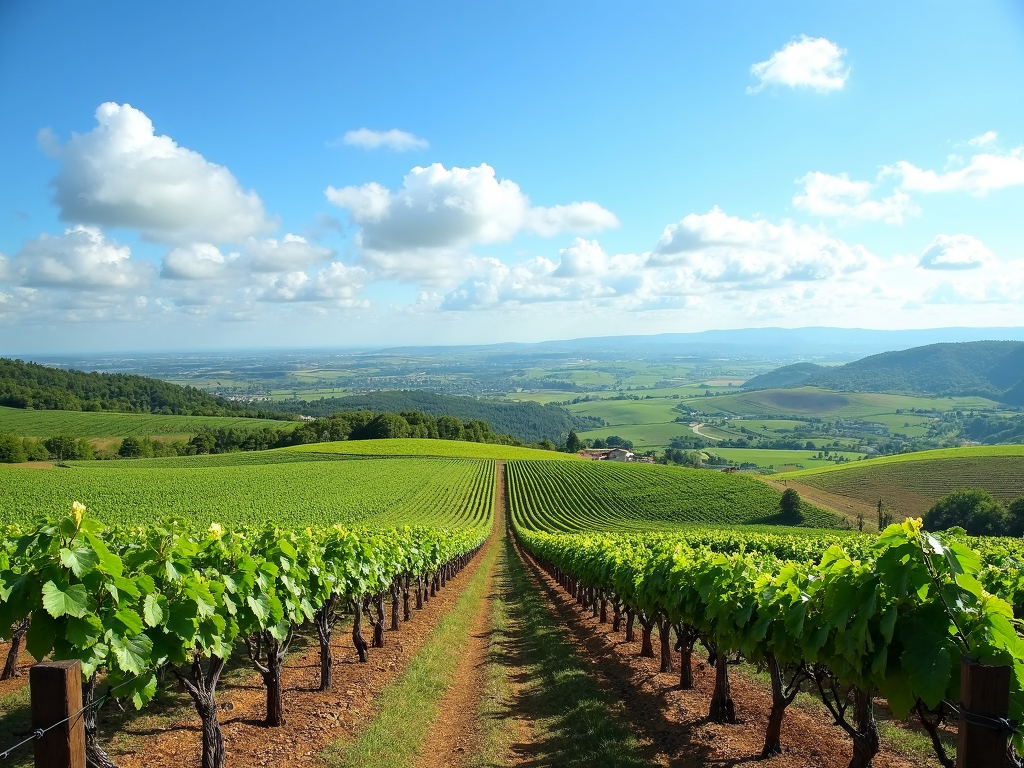
What Is Terroir and Why It Matters
Terroir is like the wine's hometown—it includes the soil, weather, and even the traditions of the people who make the wine. According to Wine Spectator, terroir is "the complete natural environment in which a particular wine is produced, including factors such as the soil, topography, and climate." But why does it matter? Because terroir is what makes each wine unique. It's why a Pinot Noir from Oregon tastes different from one grown in France, even if they're made from the same grape variety. Terroir is the reason wine lovers travel the world to taste wines in their place of origin, seeking that authentic expression of the land.
When I visited a small vineyard in Tuscany, the winemaker explained how the hot, dry summers and mild winters of the region contribute to the bold, fruity flavors of their Sangiovese wines. It was fascinating to see how the climate, combined with the rocky soil and the slope of the hills, created a perfect environment for growing grapes that produce rich, full-bodied wines. This personal experience highlighted for me just how much terroir influences the final product in the bottle.
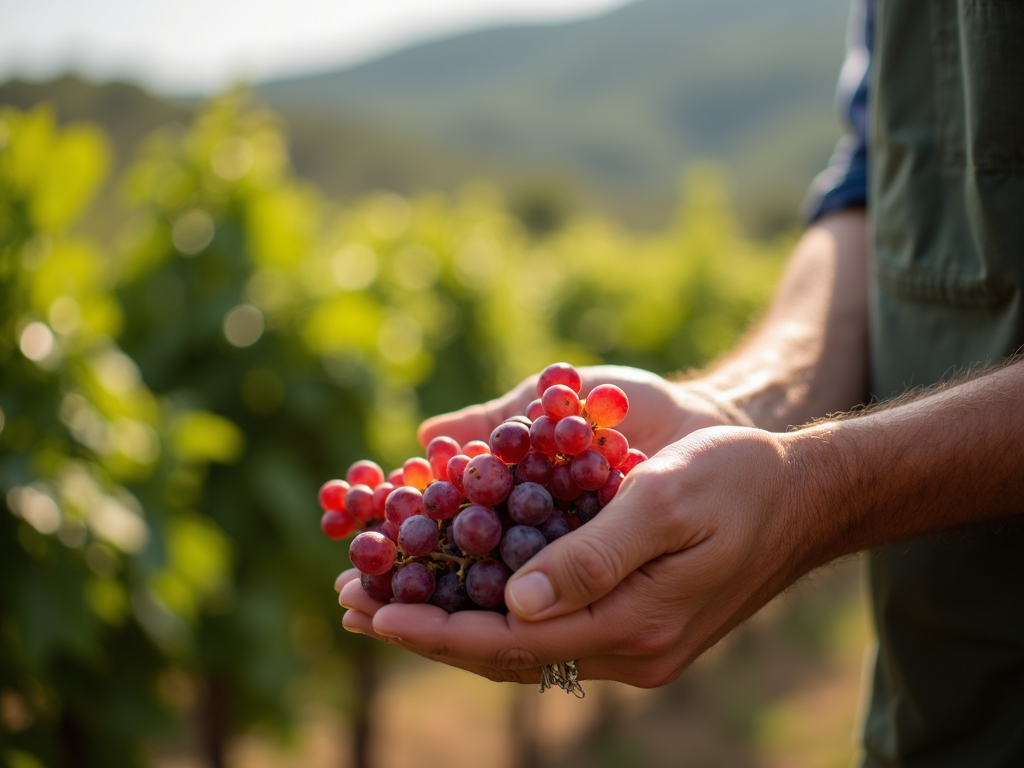
How Climate Affects Wine
Climate is one of the most critical components of terroir. It influences everything from the type of grapes that can be grown to the style and quality of the wine produced. Different climates create different growing conditions, which in turn affect the grapes' sugar levels, acidity, and flavor compounds.
-
Warm Climates: In regions like Napa Valley or parts of Australia, warm days and plenty of sunshine allow grapes to ripen fully, resulting in wines with higher alcohol content and bold, fruity flavors. Think of a rich Cabernet Sauvignon with notes of blackberry and plum.
-
Cool Climates: In cooler regions like Burgundy or Oregon, grapes ripen more slowly, preserving their acidity and producing wines with more delicate, nuanced flavors. A classic example is a crisp, elegant Chardonnay with hints of green apple and citrus.
-
Mediterranean Climates: Areas like Tuscany or Provence experience hot, dry summers and mild, wet winters, which are ideal for grapes like Sangiovese or Grenache. These wines often have a balance of fruitiness and earthiness, with moderate acidity.
-
Continental Climates: Regions with hot summers and cold winters, such as parts of Germany or Austria, are perfect for grapes like Riesling, which thrive in these conditions and produce wines with high acidity and complex aromatics.
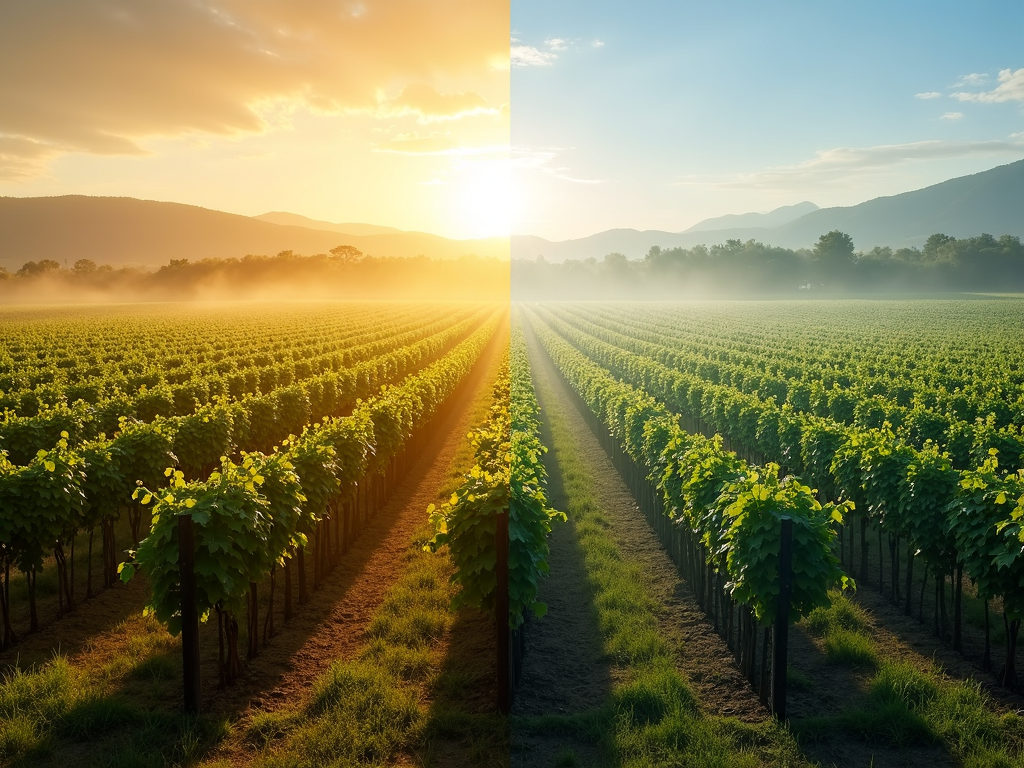
The Role of Sustainability in Winemaking
As climate change increasingly impacts wine-growing regions, sustainability has become a crucial aspect of modern winemaking. Producers are adopting eco-friendly practices to protect their terroir and ensure the longevity of their vineyards. For instance, Jackson Family Wines has been a pioneer in organic vineyard practices, using cover crops, natural pest control, and water conservation techniques to maintain the health of their land.
Sustainability in winemaking isn't just about protecting the environment; it's also about preserving the unique characteristics of the terroir. By minimizing chemical inputs and working in harmony with nature, winemakers can produce wines that truly reflect the essence of their land. This approach not only benefits the planet but also results in higher-quality wines that resonate with consumers who value authenticity and stewardship.
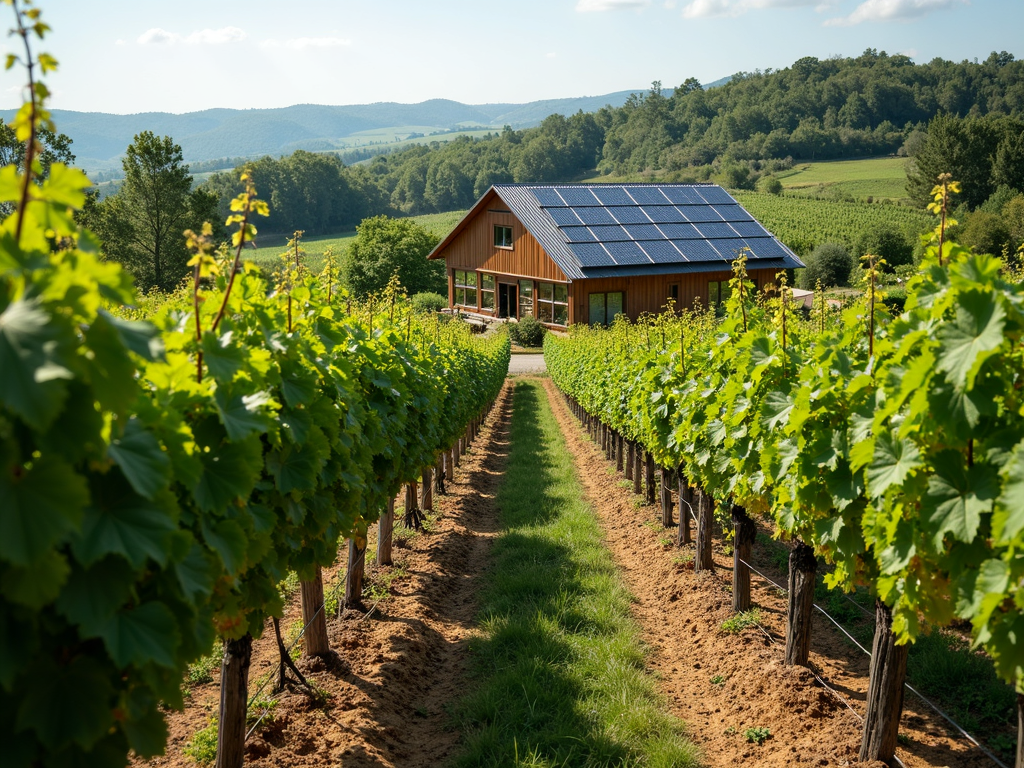
Case Studies: Terroir in Action
To truly understand how climate shapes wine, let's look at a few real-world examples:
-
Napa Valley, California: Known for its warm, sunny days and cool nights, Napa's climate is perfect for Cabernet Sauvignon. The temperature variation between day and night helps the grapes develop rich flavors while maintaining acidity, resulting in bold, structured wines.
-
Burgundy, France: This cool-climate region is famous for its Pinot Noir and Chardonnay. The moderate temperatures and limestone-rich soils contribute to the wines' elegance and minerality, with flavors that are often described as earthy and complex.
-
Mosel, Germany: The steep, slate-covered slopes along the Mosel River create a unique microclimate for Riesling grapes. The cool temperatures and reflected sunlight from the river allow the grapes to ripen slowly, producing wines with high acidity and vibrant fruit flavors.
These examples illustrate how different climates can produce vastly different wines, even when using the same grape varieties. It's a testament to the power of terroir and the importance of climate in winemaking.
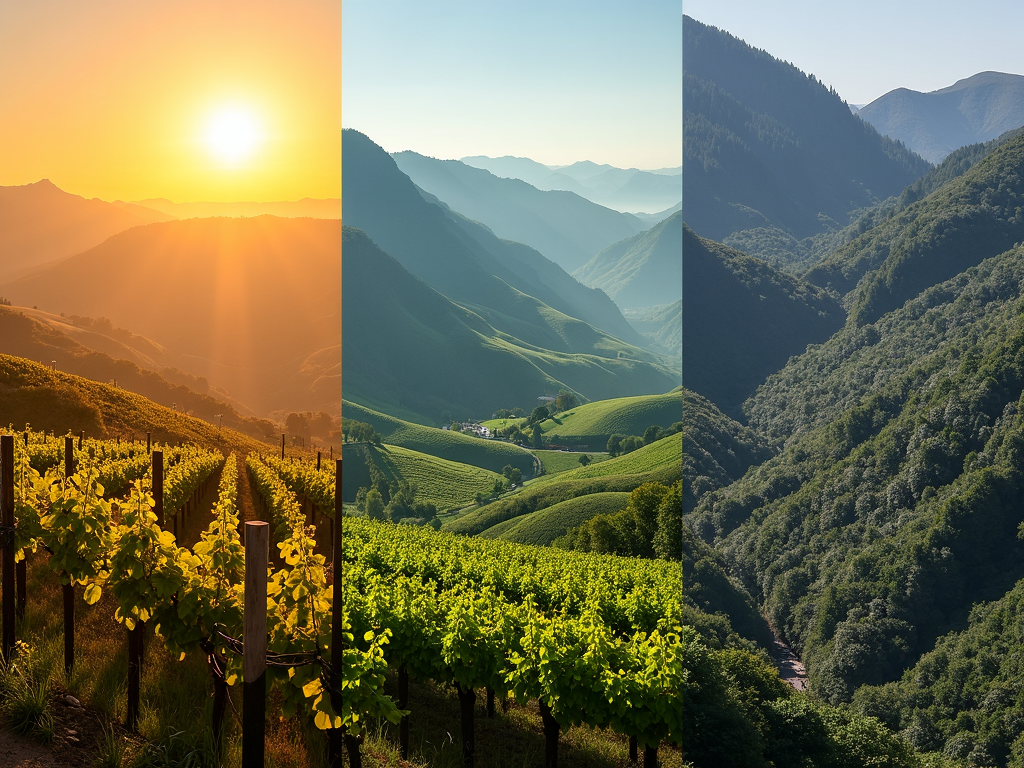
Why Understanding Terroir Matters
For wine lovers, understanding terroir adds a new layer of appreciation to every glass. It allows you to connect with the wine on a deeper level, knowing that each sip carries the essence of the land where it was grown. For winemakers, terroir is both a challenge and an opportunity—it requires them to work with the land, not against it, to produce the best possible wine.
In a world where mass-produced wines are readily available, terroir-driven wines stand out for their authenticity and character. They tell a story of place, tradition, and craftsmanship, making them highly sought after by collectors and enthusiasts alike. As climate change continues to reshape wine-growing regions, understanding and preserving terroir will be more important than ever.
Summary:
Climate is a defining factor in the world of wine, influencing everything from grape selection to flavor profiles. Through the lens of terroir, we've explored how different climates shape the wines we enjoy, from the bold reds of warm regions to the crisp whites of cooler climates. We've also seen how sustainability plays a crucial role in preserving these unique characteristics for future generations. Whether you're a casual drinker or a serious collector, appreciating the impact of climate on wine will enhance your enjoyment and deepen your connection to the wines you love.
Recommended Readings:
- What Is Terroir and Why It Matters - Wine Spectator
- Jackson Family Wines: Organic Vineyard Secrets
- Understanding Terroir: The Connection Between Land and Wine
- Sustainability in Winemaking Explained
- The Impact of Climate Change on Wine Production